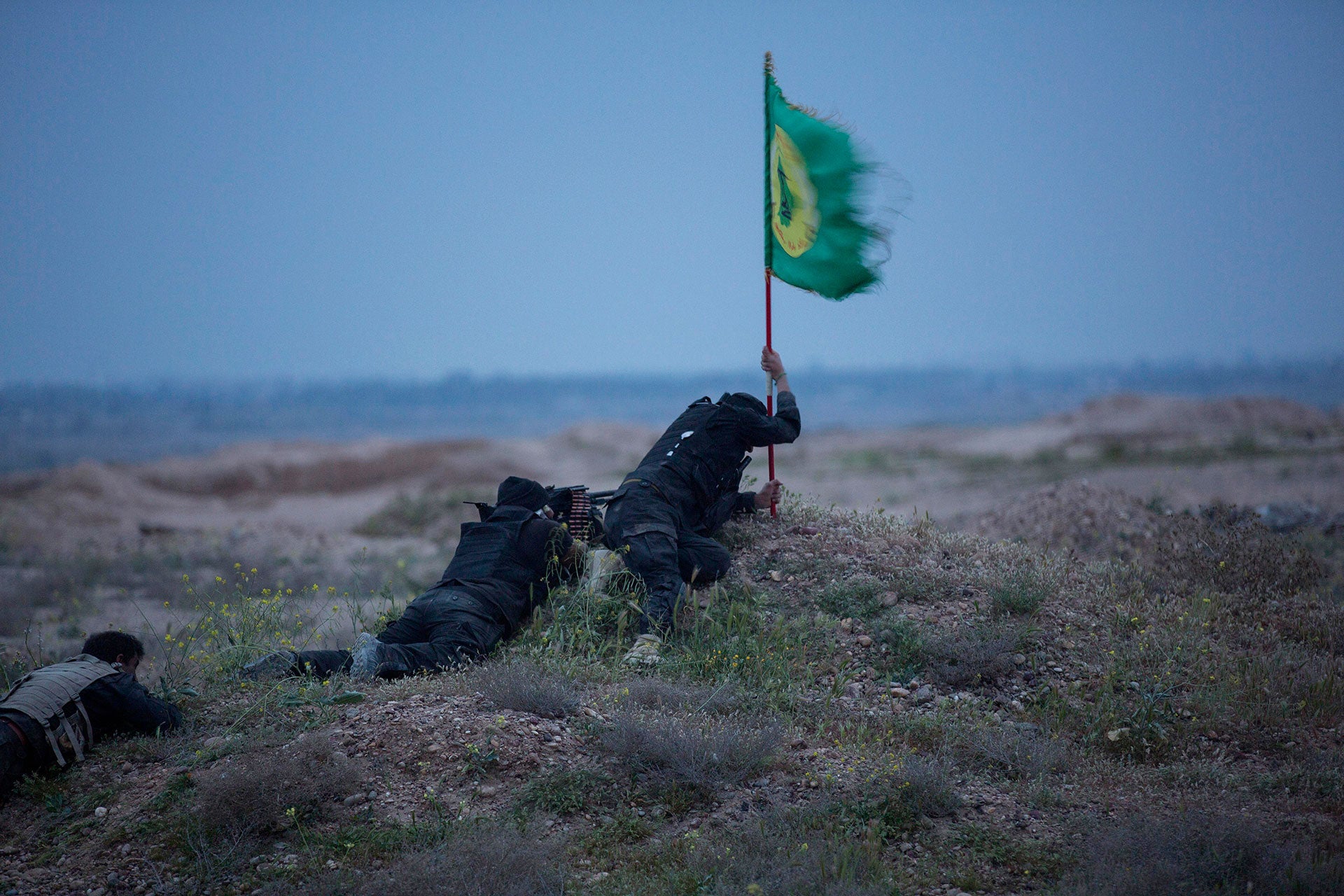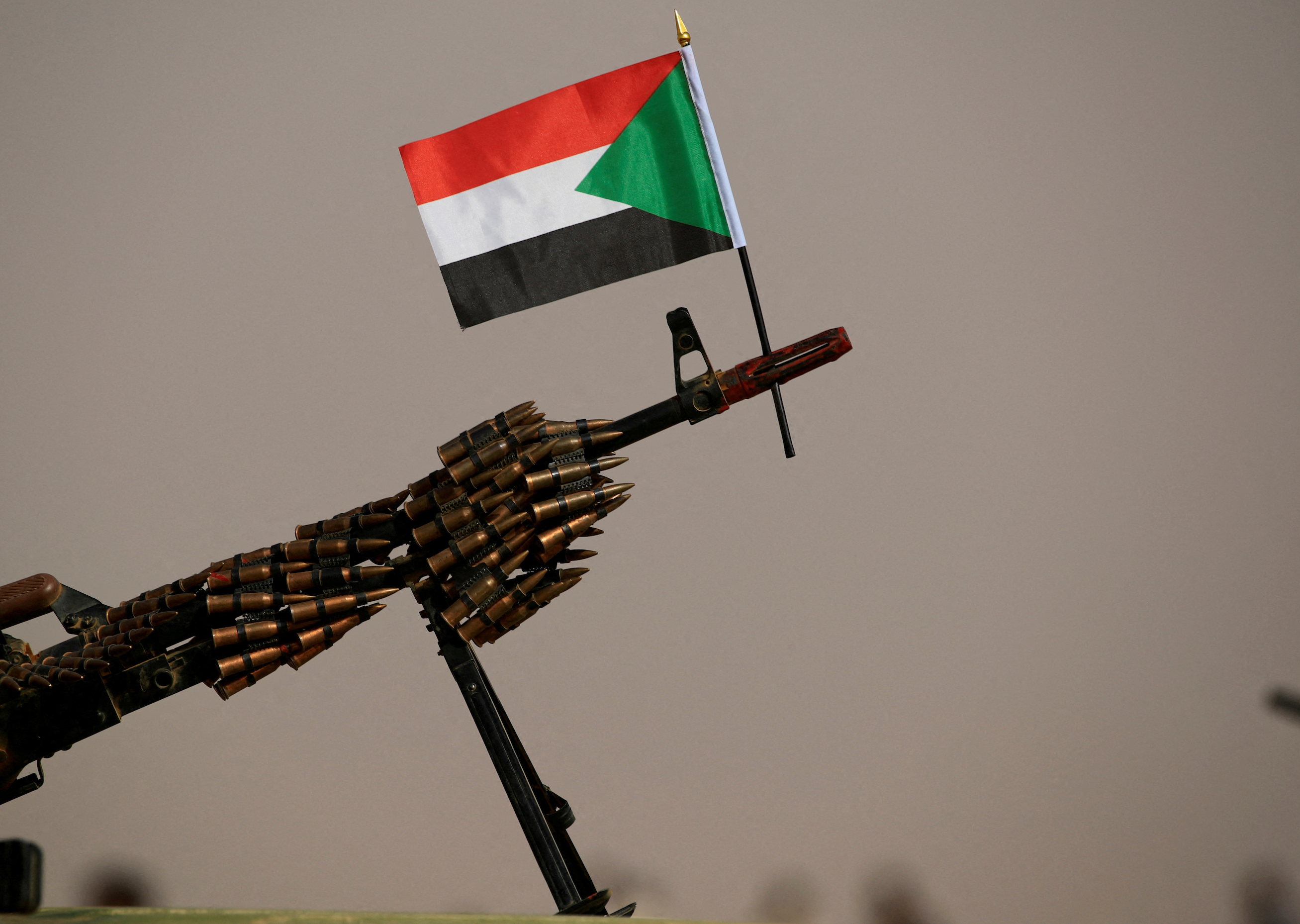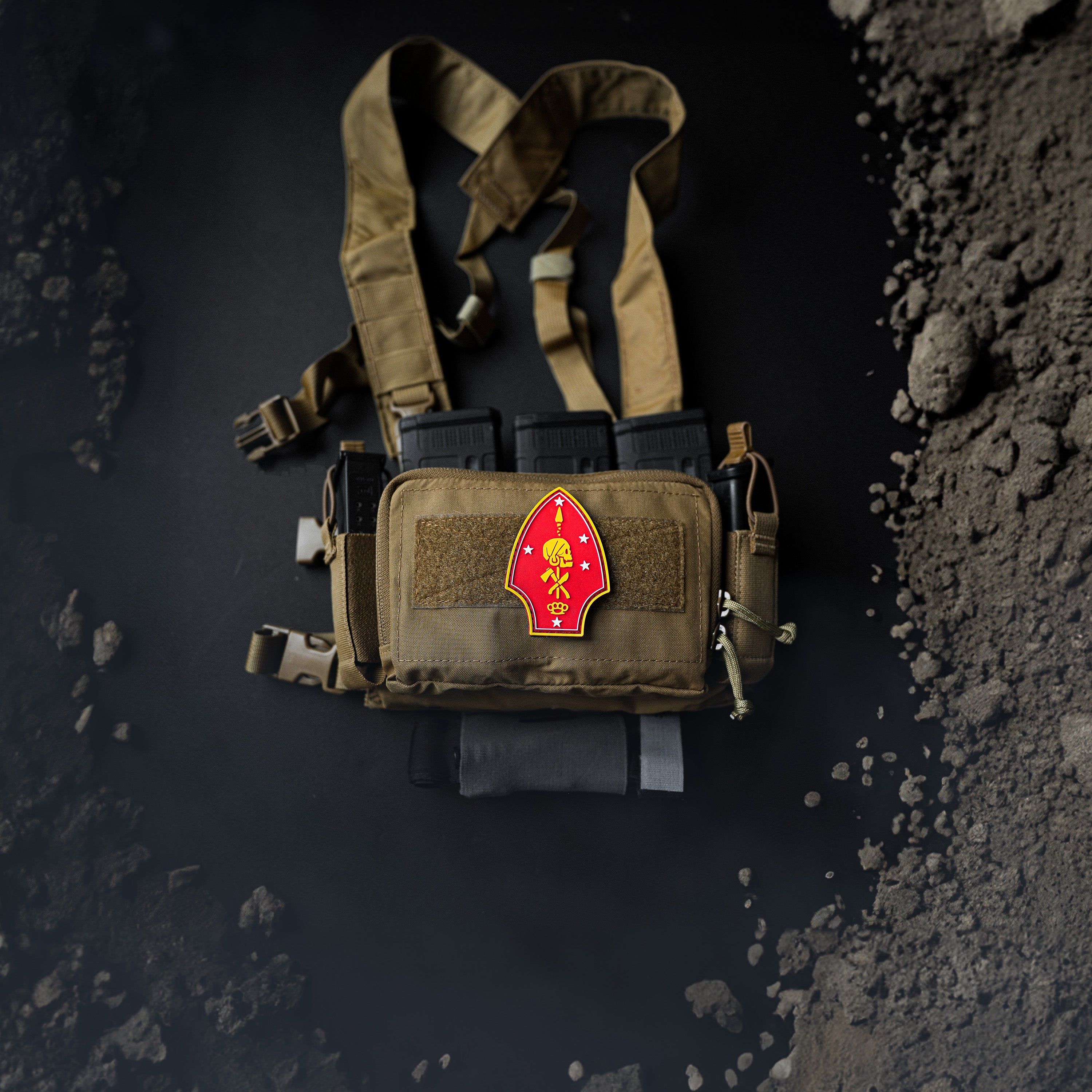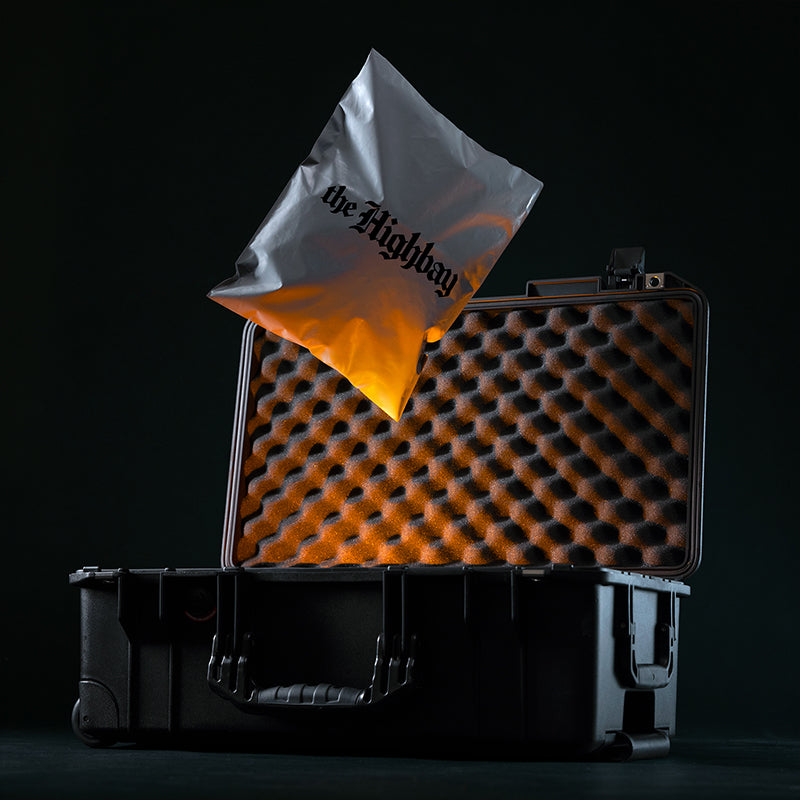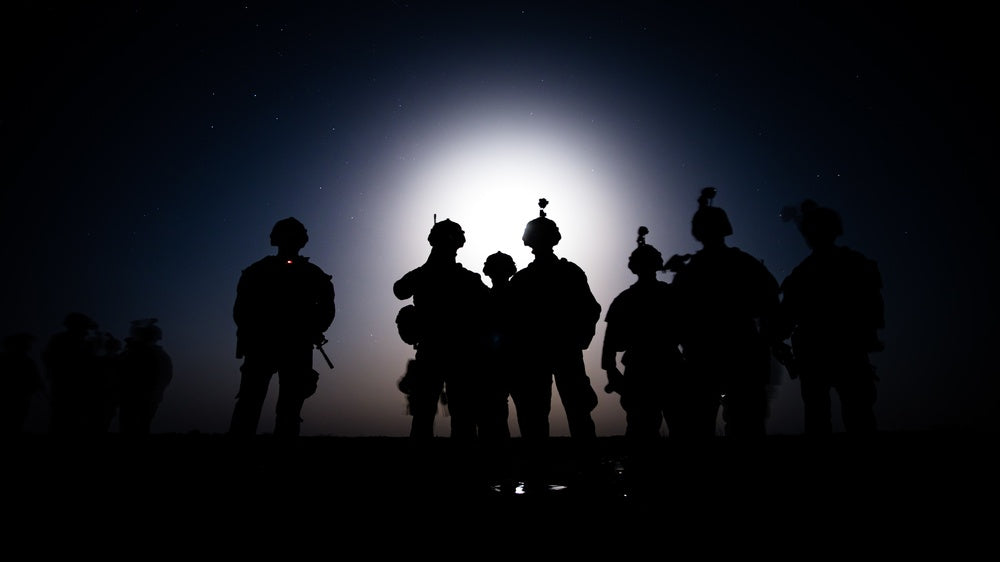
No direct Iran order for proxies to attack US troops, Pentagon says
PHOTO CAPTION: U.S. Army soldiers await fire from an AC-130 gunship during a training exercise at Al Asad Air Base, Iraq, July 30, 2020. (U.S. Army photo by Spc. Khalil Jenkins via U.S. Defense Visual Information Distribution Service)
By Phil Stewart and Idrees Ali
WASHINGTON (Reuters) - The United States has not seen a direct order from Iran's Supreme Leader Ayatollah Ali Khamenei to attack U.S. troops in the region, the Pentagon said on Monday following a rise in attacks in Iraq and Syria by suspected Iran-backed groups.
U.S. forces have been repeatedly targeted by missiles and drones since the Israel-Gaza conflict began on Oct. 7 with Palestinian Hamas militants attacking southern Israel.
"We don't necessarily see that Iran has explicitly ordered them to take these kinds of attacks," Pentagon spokesperson Brigadier General Patrick Ryder told reporters.
Pressed on the issue, Ryder added: "We haven't seen a direct order, for example, from the Supreme Leader saying: 'Go out and do this.'"
Ryder, however, said that the United States ultimately holds Iran responsible for such attacks by militant groups "by virtue of the fact that they are supported by Iran."
Iranian security officials told Reuters Iran's strategy was for Middle East proxies like Hezbollah to pursue limited strikes on Israeli and U.S. targets but to avoid a major escalation that would draw in Tehran, a high-wire act for the Islamic Republic.
On Sunday, senior Biden administration officials including Defense Secretary Lloyd Austin warned of the risk of significant escalation in attacks on American troops in the Middle East and of Iran seeking to widen the Israel-Hamas war.
At the weekend, Austin ordered new air defenses to the Middle East to safeguard troops. He said the Pentagon will send a Terminal High Altitude Area Defense (THAAD) system and additional Patriot air defense missile system battalions to the region.
The United States has also sent warships and fighter aircraft to the region to try to deter Iran and Iran-backed groups from widening the conflict. This includes the deployment of two aircraft carriers and about 2,000 Marines.
"No one wants to see a wider regional conflict, but we will not hesitate to protect our forces," Ryder said.
In the latest incident, U.S. troops were targeted by two attack drones in Syria on Monday but they were intercepted by base defenses and caused no injuries.
Last week, U.S. forces confronted multiple drones targeting troops in Iraq, some causing minor injuries and a U.S. warship shot down more than a dozen drones and four cruise missiles fired by Iranian-backed Houthis off the coast of Yemen.
The heightened tensions have put U.S. personnel on constant alert. During a false alarm at Al-Asad airbase in Iraq on Thursday, a civilian contractor died from a cardiac arrest.
(Reporting by Phil Stewart and Idrees Ali; Editing by Chizu Nomiyama and Howard Goller)


